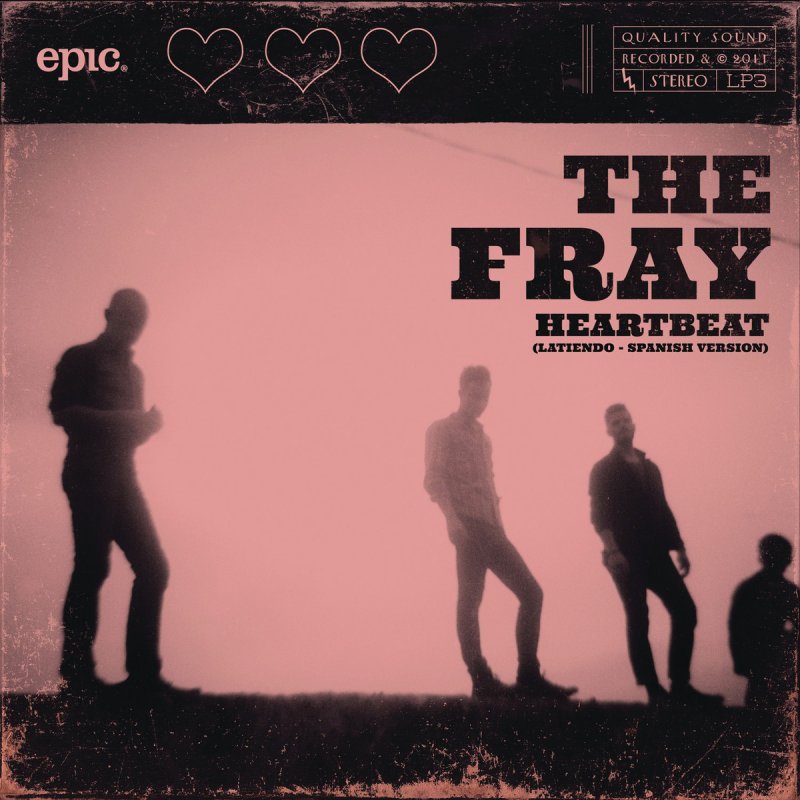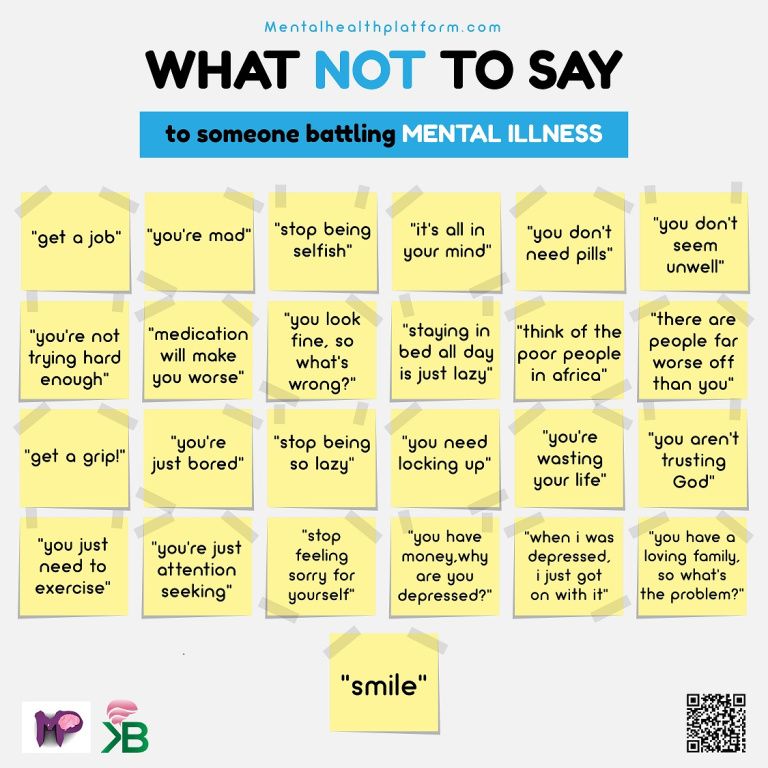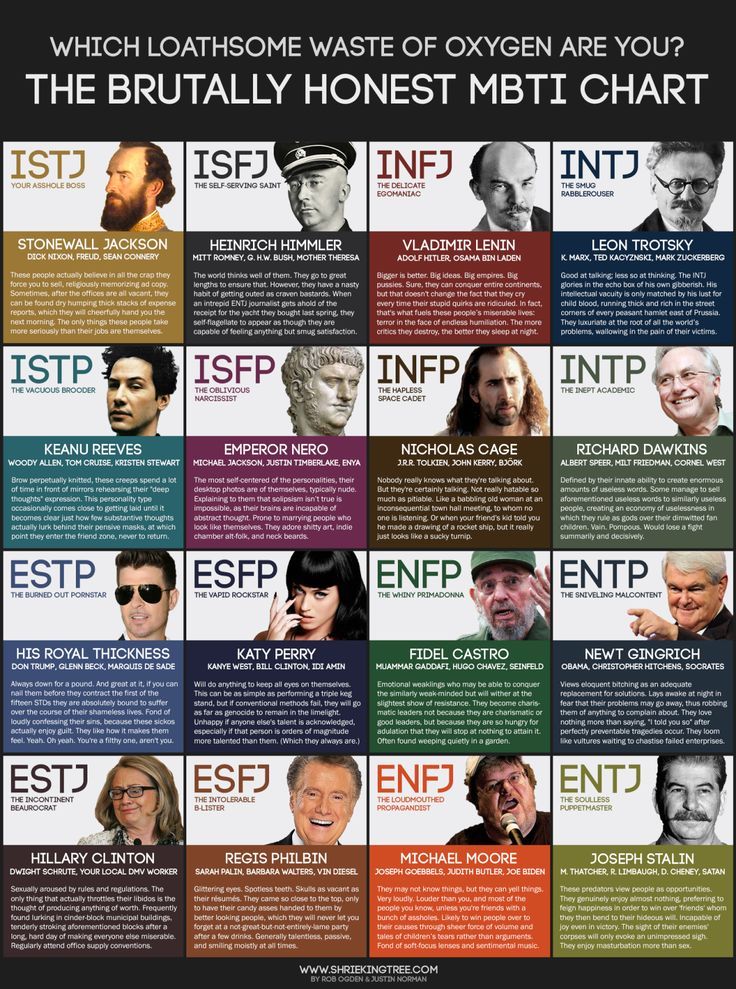Above the fray book
Reading Above the Fray: Reliable, Research-Based Routines for Developing Decoding Skills by Julia Lindsey, Paperback
Foreword Nell K. Duke 8
Introduction 10
A Little About This Book 11
A Little About Me 13
Chapter 1 What are Foundational Skills and Why are they Important? 15
Foundational Skills Defined 16
Models of Reading 23
Two More Critical Principles: Joy and Cultural Responsiveness 29
Chapter 2 Decoding and its Essential Elements 32
Decoding Defined 33
The Science of Recognizing a Word and Orthographic Mapping 35
The Elements of Decoding 39
Bringing It Together 40
Chapter 3 Element One: Oral Language and Vocabulary 41
What Are Oral Language and Vocabulary, and Why Are They Important? 42
Essential Instructional Swap: Less Foundational Skills Overload, More Language- and Reading-Rich Instruction 44
Bringing It Together 46
Chapter 4 Element Two: Print Concepts 47
What Are Print Concepts and Why Are They Important? 48
Principles of Great Print Concepts Instruction 57
Essential Instructional Swap: Less Pointing to Text in Predictable Books, More Engaging in Shared Reading 59
Bringing It Together 63
Chapter 5 Element Three: Phonemic Awareness 64
What Is Phonemic Awareness and Why Is It Important? 65
Principles of Great Phonemic Awareness Instruction 70
Essential Instructional Swap: Fewer Rhymes, More Phonemes 73
Bringing It Together 75
Chapter 6 Element 4: Alphabet Knowledge 76
What Is Alphabet Knowledge and Why Is It Important? 77
Principles of Great Alphabet Instruction 79
Essential Instructional Swap: Teach Like a Hare, Not a Tortoise! 84
Bringing It Together 88
Chapter 7 Element Five: Sound-Spelling Knowledge 89
What Are Sound-Spelling Relationships and Why Are They Important? 90
Principles of Great Phonics Instruction 93
Essential Instructional Swap: Fewer Random Phonics Activities, More Reading and Spelling Opportunities 100
Bringing It Together 103
Chapter 8 Using the Elements to Decode Words 104
Principles of Great Decoding Instruction 106
Essential Instructional Swap 1: More Decodable Texts, Fewer Non-Decodable Texts 114
Essential Instructional Swap 2: Less Decoding for Phonics Instruction, More Decoding for Everyday Reading 122
Essential Instructional Swap 3: Less Unsupported Independent Reading, More Supported Independent Reading 125
Bringing It Together 127
Chapter 9 Adding the Elements of Chunking 128
Chunking Defined 129
The Elements of Chunking 132
Syllabication 135
Morphology 137
Principles of Great Chunking Instruction: Blending Syllabication and Morphology 142
Essential Instructional Swap: Consider Multiple Approaches, Not Just One 145
Bringing It Together 145
Chapter 10 Fluency and Beyond 146
What Is Fluency and Why Is It Important? 147
Essential Instructional Swap: Less Fluency as Speed Reading, More Holistic Fluency 149
Bringing It Together 150
A Call to Action 152
References 153
Index 158
Julia B.
Julia B. Lindsey talks about her new book Reading Above the Fray– An interview conducted by Dr. Sam Bommarito
For those of you who are looking for a professional development book that gives you research-based routines for developing decoding skills, I think you will really like Julie B. Lindsey’s new book Reading Above the Fray. It’s a nuts-and-bolts kind of a book, written by a teacher for teachers. As you can see from her bio below- Julie began as a Kg-1 teacher. Subsequently, she worked on advanced degrees. Her work cumulated in a Ph.D. Her doctoral chair was Nell Duke (who provided an excellent foreword for the book). The book is part of Scholastic’s collection of books around the topic of Science of Reading. Links to her book and additional information about Julia now follow.
LINK TO THE BOOK (Scholastic Website) LINK
ABOUT THE BOOK (taken from the Scholastic Website)
Dr.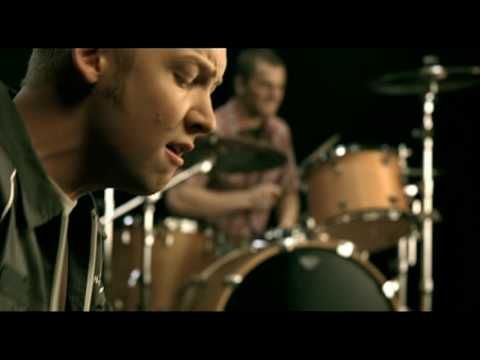 Julia B. Lindsey’s evidence-based routines help young readers decode words efficiently so they can spend more energy on comprehending-and enjoying-what they read! You’ll find:
Julia B. Lindsey’s evidence-based routines help young readers decode words efficiently so they can spend more energy on comprehending-and enjoying-what they read! You’ll find:
1. Need-to-know essentials of how kids learn to read.
2. Principles of high-quality foundational skills instruction.
3. Teacher-approved instructional “swaps” to improve early reading instruction.
Dr. Lindsey addresses content learning, culturally responsive practices, and the importance of engaging readers from the start.
ABOUT THE AUTHOR
Julia B. Lindsey, Ph.D., a former kindergarten and first-grade teacher and self-proclaimed “phonics nerd,” works with teachers, district personnel, curriculum developers, and nonprofit groups to translate foundational reading research into practice. While completing her doctoral studies at the University of Michigan, she developed a free decodables book program in collaboration with Boston Public Schools. She is the author of Reading Above the Fray: Reliable, Research-Based Routines for Developing Decoding Skills. .
.
Here is the YouTube podcast of the interview:
Here is the interview discussion. Topics are time stamped:
I hope you found the interview as informative as I did. Here are the book excerpts that Julia referred to in the interview:
Chart from page 40 (Question 2)
Chart from Page 133 (Question 4)
BE SURE TO CHECK OUT JULIA B. LINDSEY’S WEBSITE-
BEYOND DECODABLES
(You can download free books- rich in meaning & geared to teach specific decoding skills)
To get these free books use the link belowLINK
Dr. Sam’s Upcoming Summer Blogs- In the next few weeks, I am continuing to arrange for additional interviews with authors of some of the many professional books that have been published lately. I’m planning to talk to Tim Rasinski, among others. I hope to carry out those interviews before the new school year begins. Also, near the end of summer, I hope to talk to you about my plans for my push-ins this fall at the school where I serve as a pro bono reading consultant in grades K-3. I’ll be teaching two full days a week, doing large group, small group, and individual sessions. I hope that talking about what I’ll be doing will allow readers to see how I adapt my instruction to the many ideas I’ve gotten from my lifelong search for common ground and common sense. In the meantime:
I’m planning to talk to Tim Rasinski, among others. I hope to carry out those interviews before the new school year begins. Also, near the end of summer, I hope to talk to you about my plans for my push-ins this fall at the school where I serve as a pro bono reading consultant in grades K-3. I’ll be teaching two full days a week, doing large group, small group, and individual sessions. I hope that talking about what I’ll be doing will allow readers to see how I adapt my instruction to the many ideas I’ve gotten from my lifelong search for common ground and common sense. In the meantime:
Happy Reading and Writing.
Dr. Sam Bommarito, aka the centrist who uses ideas from all sides to inform his teaching
Like this:
Like Loading...
Read online “Real fight. School of streets and gateways”, Aleksey Alekseevich Ivanov – Litres
1. Who needs this book and why
You need this book to survive. Yes, it's that simple and tough. Survive in the modern world.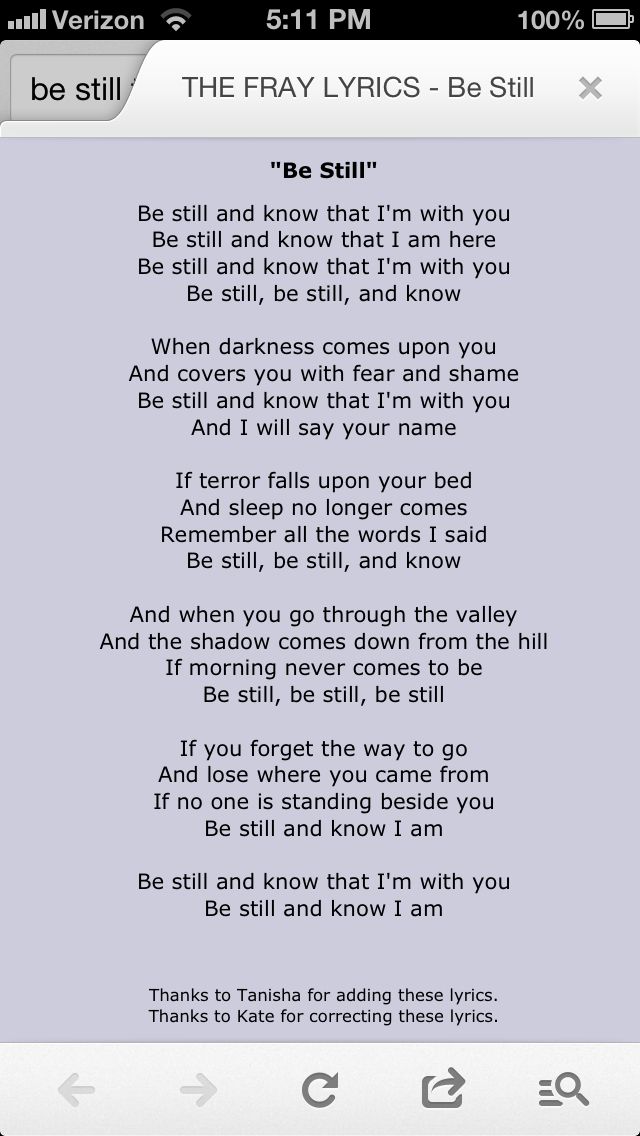
Of course, no normal person wants to fight. We are no longer cavemen - we know how to negotiate with each other and solve our problems with the help of intelligence, not fists. We wear suits, go to work, watch TV. Our life is full of peace and peacefulness, and it seems that the worst thing that can happen is the weather gets bad or the hair dryer breaks down. Most of us are not afraid to walk down an unlit street, are we? A few carry weapons (legal and "not very"), because they constantly feel in danger, but prosperous inhabitants consider such "freaks" or mentally ill. And almost everyone is sure that an uncle policeman will help out in a critical situation.
But it only seems so. The surrounding reality is much more diverse - if, for example, you can call the garbage dump fauna diverse. None of us lives in a sterile laboratory, therefore, willy-nilly, sometimes we have to deal with this very “fauna”. A dark alley, a deserted park, a bar, a stairwell of our own entrance - a criminal or just a bully can meet you anywhere. And you will have to resist him, because no one will ask if you are ready to pass the strength test today or if you want to learn more. The police will not have time to arrive, and in some places the “guardians of order” are completely afraid to walk. Agree, it is better to always be prepared for such a situation.
And you will have to resist him, because no one will ask if you are ready to pass the strength test today or if you want to learn more. The police will not have time to arrive, and in some places the “guardians of order” are completely afraid to walk. Agree, it is better to always be prepared for such a situation.
Of course, the probability of meeting face to face with the guys from the gateway is small (unless, of course, you specifically run into trouble). But low probability does not mean zero. Each of us has a share of the risk of "getting into trouble" when they want to beat him, maim him, maybe even kill him. For nothing - just like that, for entertainment or for miserable valuables that a passerby can find with him. Are you saying this won't happen to you? Thank God if so. If you are sure that a drunken “bull” will never block your way, hooligans will never stick to a woman, no one will ever want to take away your wallet and mobile phone - well, you can only envy. But in the future, anyone can get into an unpredictable situation, and then, in order to avoid a disastrous outcome, something will need to be done .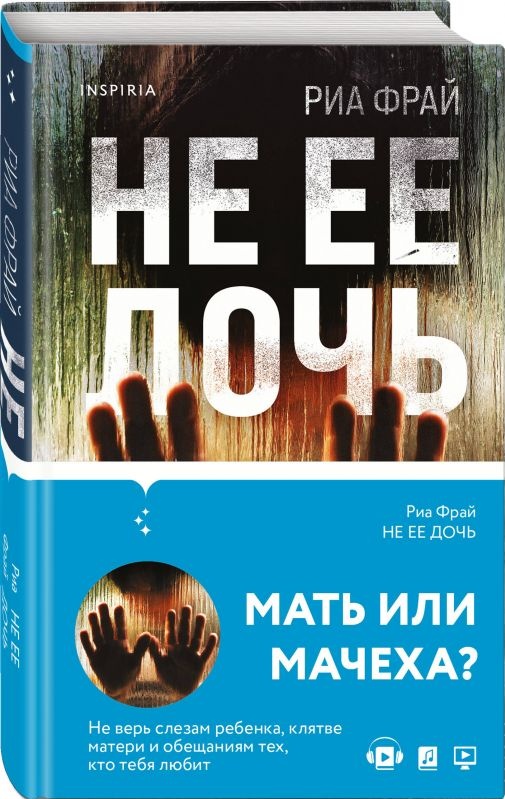 ..
..
Wilderness survivors, who face daily obstacles and dangers unfamiliar to us city dwellers, say there are three approaches to solving any problem. The first is to prevent the occurrence of danger. The second - see the danger and avoid it. The third, last, is needed only as a last resort - to eliminate the danger. Seemingly simple truth. Yes, but for some reason, everyone who likes to talk about their own security starts immediately from the third point. And, of course, according to their reasoning, it turns out that nothing can be done if, they say, you find yourself in a dark empty alley and several people approach you from both sides ... Yes, the devil can hardly do something in such a situation, even if you thrice "universal soldier". And how did you get into this situation, dear? Well, I didn’t notice from afar the “comrades” walking towards you. But why did you cross into the doorway at night ?!
In the book you are holding in your hands, we will learn how to solve problems using all three approaches.
You need a coach to learn how to swing your fists. To learn how to turn on the “thinker” and not get into dangerous situations with its help, you need a teacher.
I, the author of this book, will try to replace your teacher and coach. Of course, I will not be able to follow you, force you not to take time off and select loads for you - you will have to do all this yourself. I also can’t give a detailed plan of action in any emergency situation - you can’t foresee everything. You can’t teach a “super trick” either - each technique is good in a particular situation and inapplicable in others. But I will chart a path for you that will make you ready to face the troubles that now make your knees tremble.
What I am writing about here comes partly from sports, but mostly from a hard life. I also went to different sections, waved my arms, dragged iron and cut circles around the stadium. I thought I was doing it to be "cool". But in fact, I filled my life with "hand-waving" so as not to be afraid.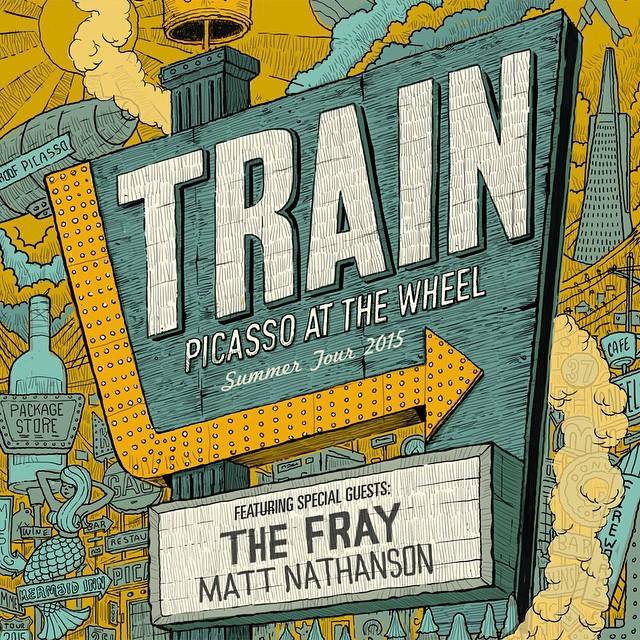 Not everyone is lucky to be born in decent areas, life teaches many from a very early age: fight, or you won’t even live to see the day when they will have to give you a passport. By the way, no one lies on the ground in front of the attackers and does not wait for death. Everyone is fighting.
Not everyone is lucky to be born in decent areas, life teaches many from a very early age: fight, or you won’t even live to see the day when they will have to give you a passport. By the way, no one lies on the ground in front of the attackers and does not wait for death. Everyone is fighting.
Already later, when both the gateways of my youth and the “wolf years” of the nineties, where I had to be always on the alert, were left in the past, otherwise they would be devoured and not noticed, I analyzed everything that I could and could do, and understood something. And what I understood, now I want to tell you so that you do not spend years looking for the best way to protect yourself. Years of training are needed if you want to become like the Shaolin old man from martial arts movies. So that you are not afraid of a dark alley and do not flinch in response to a request to smoke in the evening. But at the same time, you don’t think that the fight is like a boxing ring, as it is shown on TV.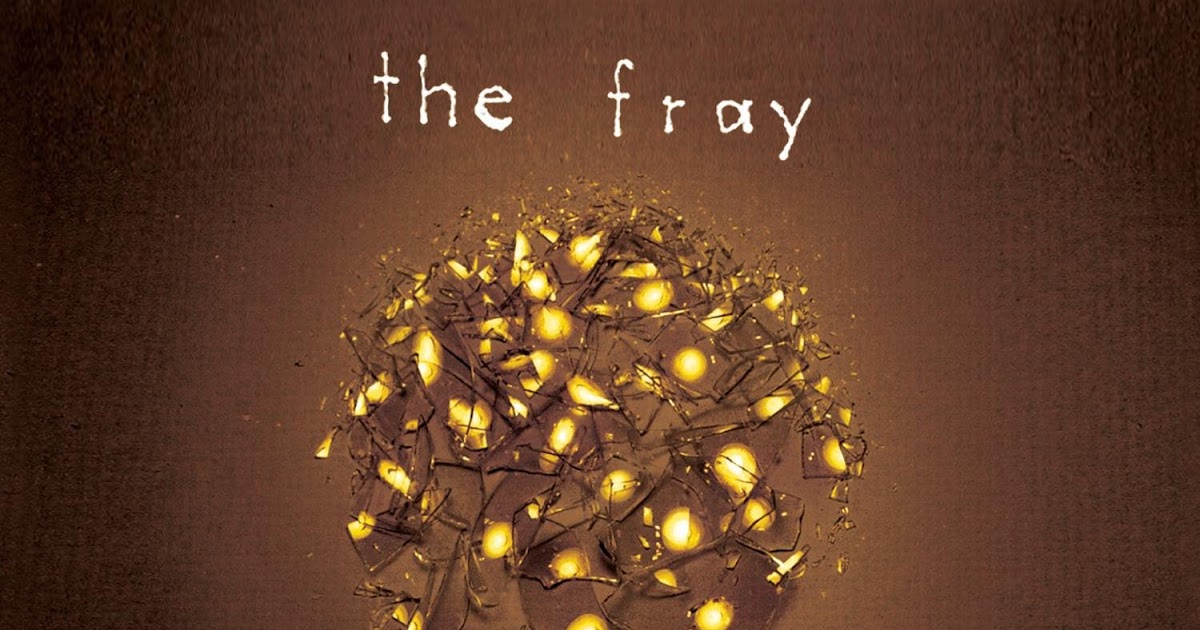
This book is the result of real experience. She talks about a real fight.
She is needed to survive.
2. Protect yourself
Things need to be looked at realistically. The fact that you have not been in a dangerous situation so far does not mean that the world consists of milk rivers and jelly banks. Just because you're alive and relatively healthy after a fight doesn't mean you'll be the same after the next one. The fact that guys with a bad gleam in their eyes do not block the way in your yard does not mean that all yards are arranged the same way.
In the first chapters, we will talk about how to avoid trouble. But most of the book is devoted to what to do when it was not possible to avoid the attack of hooligans or criminals. Why is that? Because you need to be ready for extremes.
Escape is not always possible. You also need to know where to run, and be sure that they will not catch up. Call for help - so no one can answer, and it will only provoke the attackers Even if there are some people around, be sure: they will pass by and pretend not to notice anything. Have you ever done this yourself? Ah, you always rushed to help your neighbor, even if it threatened you yourself with big problems? Congratulations, you are a good person. But I'll tell you a secret: most people - both good and not very good - are not like that. Everyone has their own reasons not to interfere, most of them have very good and reasonable ones. In short, no one will come up and intercede.
Have you ever done this yourself? Ah, you always rushed to help your neighbor, even if it threatened you yourself with big problems? Congratulations, you are a good person. But I'll tell you a secret: most people - both good and not very good - are not like that. Everyone has their own reasons not to interfere, most of them have very good and reasonable ones. In short, no one will come up and intercede.
Waiting for the police is also not an option. First, it takes time to get through to them. Secondly, often our law enforcement officers only manage to get to the “hat analysis”, the ambulance and the chalk silhouettes on the pavement (God forbid, of course, but no one is immune from such an outcome either). Thirdly, who said that they would come at all?
There is only one conclusion: to cope on your own. And for this you need to be ready to meet the danger face to face. And act.
How to proceed? Every second person is willing to answer this question these days.
It's good for Americans: in most states it's legal to buy a gun and carry it.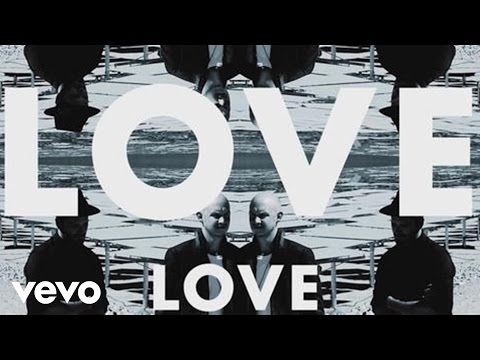 Bang bang! - and if the enemy is not defeated, then at least he is mortally frightened and runs. But on the condition that you went to shooting courses and don’t shoot into the white light like a pretty penny. We are not allowed to carry a gun. So let's look at other options.
Bang bang! - and if the enemy is not defeated, then at least he is mortally frightened and runs. But on the condition that you went to shooting courses and don’t shoot into the white light like a pretty penny. We are not allowed to carry a gun. So let's look at other options.
Many young people think that a knife in their pocket is their insurance against all adversity. You can't think of a worse mistake. Well, you got a knife - what are you going to do with it? You also need to be able to swing a knife, and it will be more difficult than just hitting it in the face. But opponents who see the knife will immediately change their attitude towards you. If before they just beat you, now they will start killing you. Because you pulled out a knife and were going to kill them. It turns out that the "pen" is not a solution to the problem. That is, in skillful hands, a piece of sharpened steel, of course, will come in handy. But until the moment when your hands become skillful, you still have to work and work.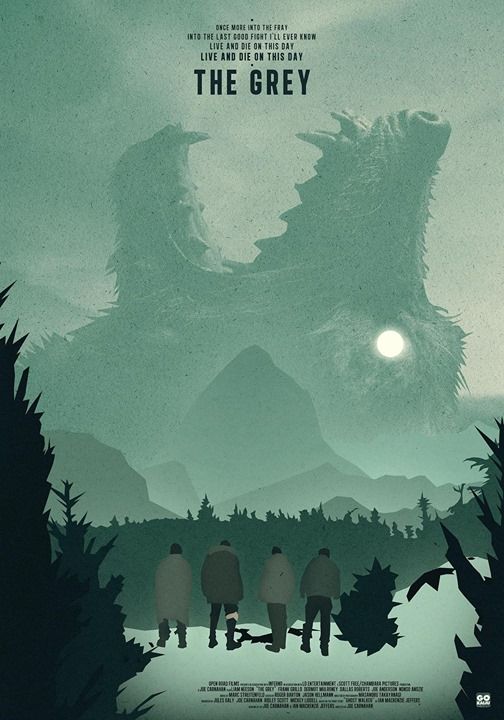
Fists remain. You already have everything you need to protect yourself: two arms, two legs and a "thinker" in the head. It remains only to bring all this into good shape and learn how to use it. Each of us is the crown of the evolutionary chain, each of us has the genetic memory of animals and people who were very good at fighting for their lives. You just need to "help" yourself remember what they knew.
Training needed. If you get a personal instructor and find time for daily training, in a couple of years it will be possible to compete, if not with Rambo, then with the riot police for sure. If there is no instructor and a lot of free time, you will have to make do with what you have.
Tell me, do you have a direct path to the martial arts section? And you will be very wrong.
3. Forget about sports
In order for the son to stand up for himself, his mother takes him by the hand to karate or boxing. Having retired “to martial arts” for five years, the boy thinks that the sea is knee-deep now. And in the very first skirmish with the punks he gets such “cradles” that he can’t always get home. Bruises heal, but mental trauma remains for life. What's the matter? Hadn't he been taught to move correctly, to avoid blows, to attack? Probably, you will be surprised by such an answer, but - no, they did not teach. He was taught differently.
And in the very first skirmish with the punks he gets such “cradles” that he can’t always get home. Bruises heal, but mental trauma remains for life. What's the matter? Hadn't he been taught to move correctly, to avoid blows, to attack? Probably, you will be surprised by such an answer, but - no, they did not teach. He was taught differently.
"Martial art" in the halls with tatami and kimono looks very convincing and attractive. But it is absolutely not suitable for maintaining one's health and defending one's interests in a street fight. Sports for that and sports to be limited. You don't run behind the bus from a low start like sprinters do you? And any Papuan who earns his living by hunting antelope will die laughing when he sees an athlete throwing a spear. It's the same with karate, and with boxing, and with any other sport discipline. They teach to achieve a specific goal with a small set of means, "to score points." There is only one opponent, the ring is limited, and the judges monitor compliance with the rules.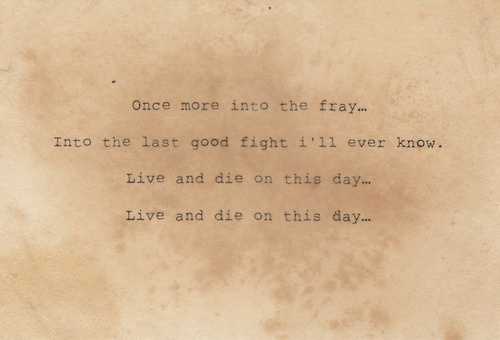 No one takes out a bicycle chain and tries to hit the kneecap.
No one takes out a bicycle chain and tries to hit the kneecap.
What does a bout look like? Fighters in comfortable clothing and - often - in special protective equipment such as gloves, elastic bandages or "shells" go out one on one. Under their feet they have a smooth ring with a soft surface, above them there is good artificial lighting, next to them is a doctor and a judge who strictly monitors compliance with the rules. Their goal is not to disable the opponent, but to score points by striking and dodging his blows. In sports, this is good and right, but all these conventions leave an inevitable imprint on the personality, way of thinking, on the reactions of the body. Taekwondoka swings his leg in a round jump not because it is a strong and effective kick, but simply the judge for the jump and for the round will give him extra points. A karateka, once in a real fight, does not hit, but indicates blows, because he is so used to it. The kickboxer confidently "bursts" forward at the opponent, but does not expect the second bully to hit him from the side or from behind.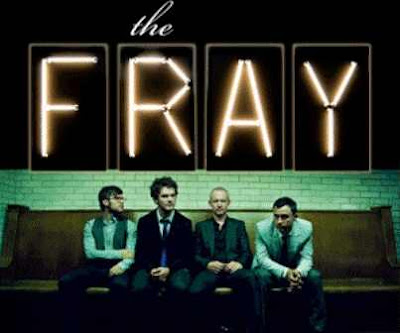
Real life is completely different. Here, six of them attack one, pinch him into a corner, hit him with anything. It happens that a variety of weapons are used. Here you need to be, first of all, ready for battle, act quickly, sharply, without thinking about the next move - you are not sitting at chess! Here you need to learn not to score points, indicating blows to the face of a comrade in the section, but to really want to beat off the kidneys, liver, knock out the joint of the enemy - because if you don’t do this, they will do it to you.
Classical schools of martial arts, especially Eastern ones, are very fond of restrictions. You only need to step in a special way, when you hit or block, exhale in a cunning way, grab it only in this way, and throw it like that. Why? Because, they answer, that such is a long-term tradition. We know, we know, supposedly these movements and principles of training have been tested by more than one generation of fighters. Sounds convincing, but it's actually nonsense.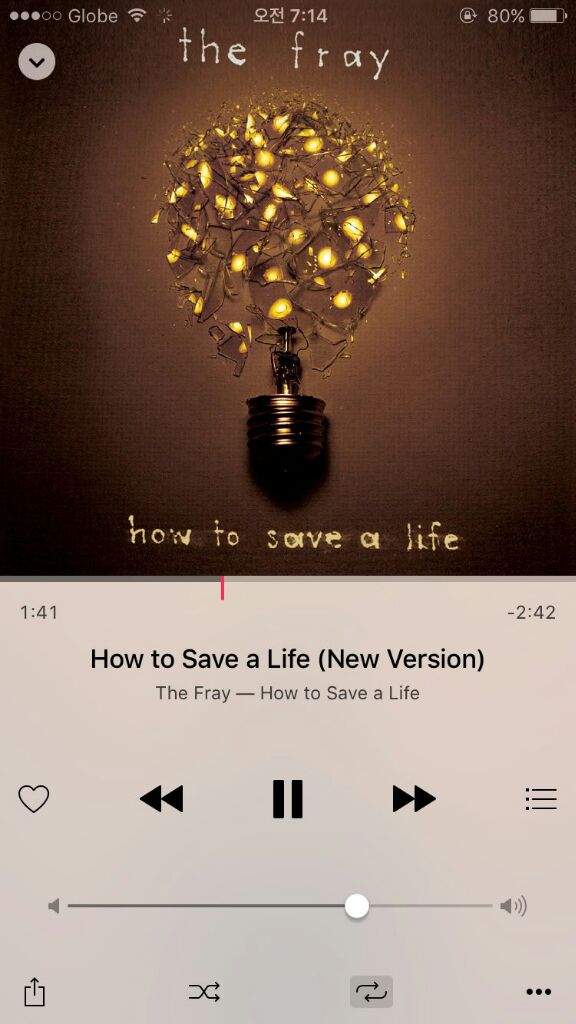 If in such a matter as self-defense you are guided by the same principles as long-dead people, you will not go far. If we reasoned like this in other areas, we would still ride in carriages and use wired telegraph. Everything in the world is changing. Cars, fabrics and metal alloys, sportsmen's equipment are being improved. And modern street scum act differently than a hundred years ago. So the content of a dusty book is not suitable for confronting them. Moreover, not everything can be found in one book. Aikidokas and judoists practically do not strike, karatekas do not use weapons, boxers do not kick. In a real battle, such artificial restrictions are fraught with defeat, injury, and death.
If in such a matter as self-defense you are guided by the same principles as long-dead people, you will not go far. If we reasoned like this in other areas, we would still ride in carriages and use wired telegraph. Everything in the world is changing. Cars, fabrics and metal alloys, sportsmen's equipment are being improved. And modern street scum act differently than a hundred years ago. So the content of a dusty book is not suitable for confronting them. Moreover, not everything can be found in one book. Aikidokas and judoists practically do not strike, karatekas do not use weapons, boxers do not kick. In a real battle, such artificial restrictions are fraught with defeat, injury, and death.
Any means that brings you closer to victory is good for a street fight. There you can behave "dishonestly" and "unsportsmanlike" - the enemy will also respect and pity you. There you can act ugly and “wrong” from the point of view of the martial arts school. The main thing is that what you do is effective. For others to fall or flee, not you.
For others to fall or flee, not you.
No, I'm not saying that all sections, clubs and schools of martial arts are absolutely useless. In many of these institutions, proper discipline is instilled, the ability to control one's body, and general physical training is given. By “taking in hand” the technique of karate and applying a lively pragmatic mind and natural ability to it, one can become a first-class fighter. But there are as many chances for this as a person from the street - to show the talent of an actor of the Bolshoi Theater. Martial arts is good fun and competition. It's just that the word "combat" in their name deceives simpletons who are looking for "pills of courage" there.
Of course, learning to fight is not at all like “an easy way to quit smoking”, you can’t just read a book and start breaking bricks with your fists. You can't turn into Chuck Norris overnight. No one will put someone else's brains into your head, and a body that is unaccustomed to physical exertion and worn out by the current frantic pace of life will not be replaced by another.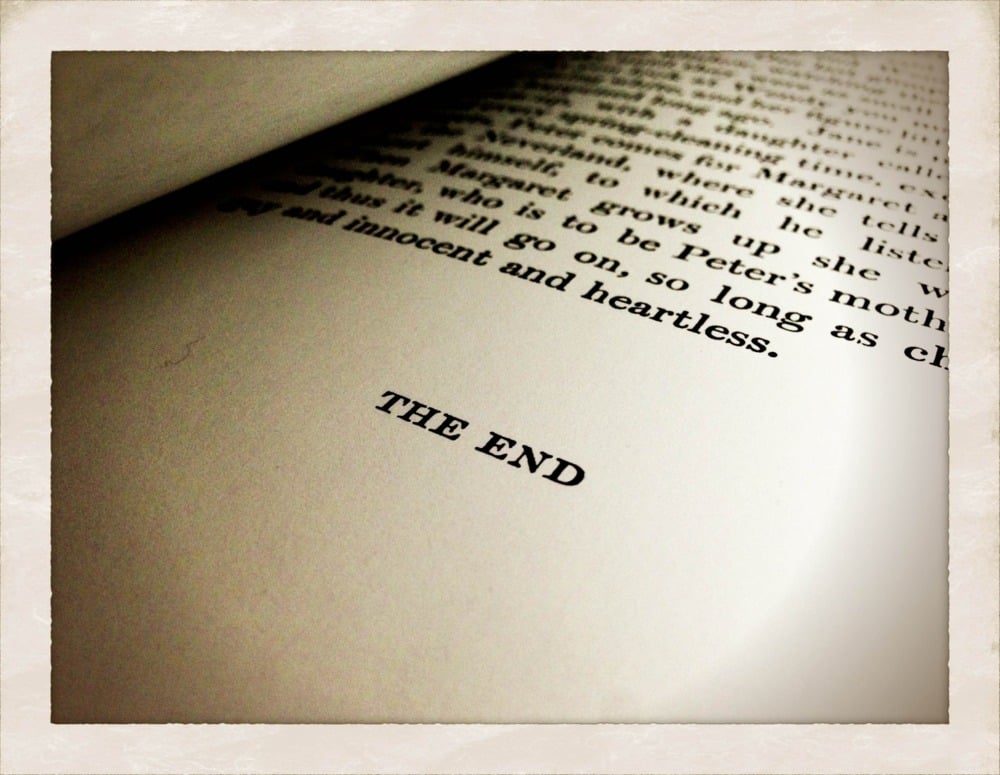
You need to purposefully train in a rhythm that is convenient for you personally, temper your body and spirit, and acquire vital applied skills. And not just for the sake of the process itself, but with a specific goal, which you apparently already have, since you picked up this book - to become more protected from troubles, to increase your chances of surviving in a cruel reality. There will be no quick results. It cannot be. Only in TV advertising, a miracle pill supposedly will make you slim and fit in a matter of days. You have to go to the result, clenching your teeth. Prepare your body for loads, learn how to control yourself, master and work out effective techniques - those that shock, injure and neutralize in the shortest possible time. In addition, to be psychologically prepared for any turn of events, to drive “in the subcortex” the tactics of action and the ability to assess the situation ... In short, to create for yourself such a self-defense complex that will be ideal.
If I were another "self-defense guru" with my own "ideal system", I would not suggest that you develop your own training based on my recommendations. I would give you clear instructions: step to the left or step to the right, otherwise you will not succeed; follow my instructions literally and you will become a superman.
But I look at things soberly. It is impossible, without dealing with a person personally, to draw up an individual program. I don't see you reading my book and I don't know what is best for you. Only you are aware of all your sores, preferences, opportunities. Therefore, my recommendations are universal and suitable for most. Plus - everyone can choose among them those that he personally needs. Remember: I am not your instructor, but you yourself. If you do not work on yourself, apply your mind and will to training, or at least to reading this book, then all efforts will be in vain. Just reading a book, waving your arms, hitting a punching bag at random is not enough.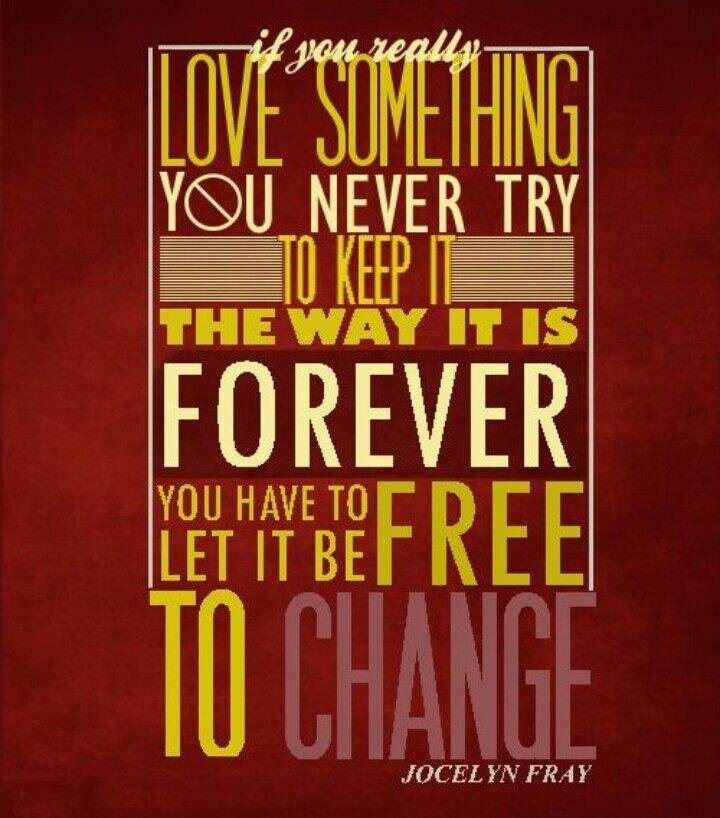 Combat training requires concentration, purposefulness, and fortitude. You have all this. After all, you show strong-willed qualities at work, by an effort of will every day you force yourself to do unpleasant and uninteresting, but very important and necessary things. So spend a small fraction of this perseverance on yourself - start practicing. As a result, you will save more time and health than you think.
Combat training requires concentration, purposefulness, and fortitude. You have all this. After all, you show strong-willed qualities at work, by an effort of will every day you force yourself to do unpleasant and uninteresting, but very important and necessary things. So spend a small fraction of this perseverance on yourself - start practicing. As a result, you will save more time and health than you think.
From the publisher. By the face? [50 Zen Principles of Real Fighting]
From the publisher
Forrest and I sometimes had some pretty violent clashes, both verbal and physical, in choosing the title for this book - which ended up, of course, "In the Face?" (In case you haven't noticed him, we won't remind anyone and everyone of him, since the title of the book is on that damn cover.) Forrest is a pretty dangerous opponent, with those killer kicks, dashing submissions, and a jaw that looks like a cast-iron stove , but we took on this case together, and he retreated, and as a result, our desire came true - we called the book " In the face?" - which, in our opinion, sounds provocative as hell. Nevertheless, we decided to quote his objections to this at the beginning of the book. Below is a phone message Forrest left for his editor on New Year's Eve 2009 (alcohol is suspected):
Nevertheless, we decided to quote his objections to this at the beginning of the book. Below is a phone message Forrest left for his editor on New Year's Eve 2009 (alcohol is suspected):
I hate to do idle talk, but you sound like a woman on that fucking answering machine. This is Forrest Griffin, and as you know, I'm from fucking Georgia—not just Georgia, I'm from FREAKING Georgia. "In the face?" ("Got Fight?") is not the best name for me. Look, that ad campaign "Give me some milk?" ("Got Milk?") began in 1994. I just found this shit on the internet. In one thousand nine hundred and ninety shaggy year! That was over ten years ago, brother, well, uh, we have to come up with a new slogan, and you could do with developing a more masculine voice like mine (grim, creaky laughter).
Editor's rebuttal: "Got Milk?" still alive and thriving, and milk makes bones stronger and healthier, just like Forrest's.
Here are some book titles from Forrest, this big and incredibly creative guy:
Who's got my nose? ( His favorite )
Fist in the face
Death is a journey and my suitcase is already packed - the story of Forrest Griffin
With a concussion All scarred
More a few scars ( in case there is a sequel)
This text is an introductory fragment.